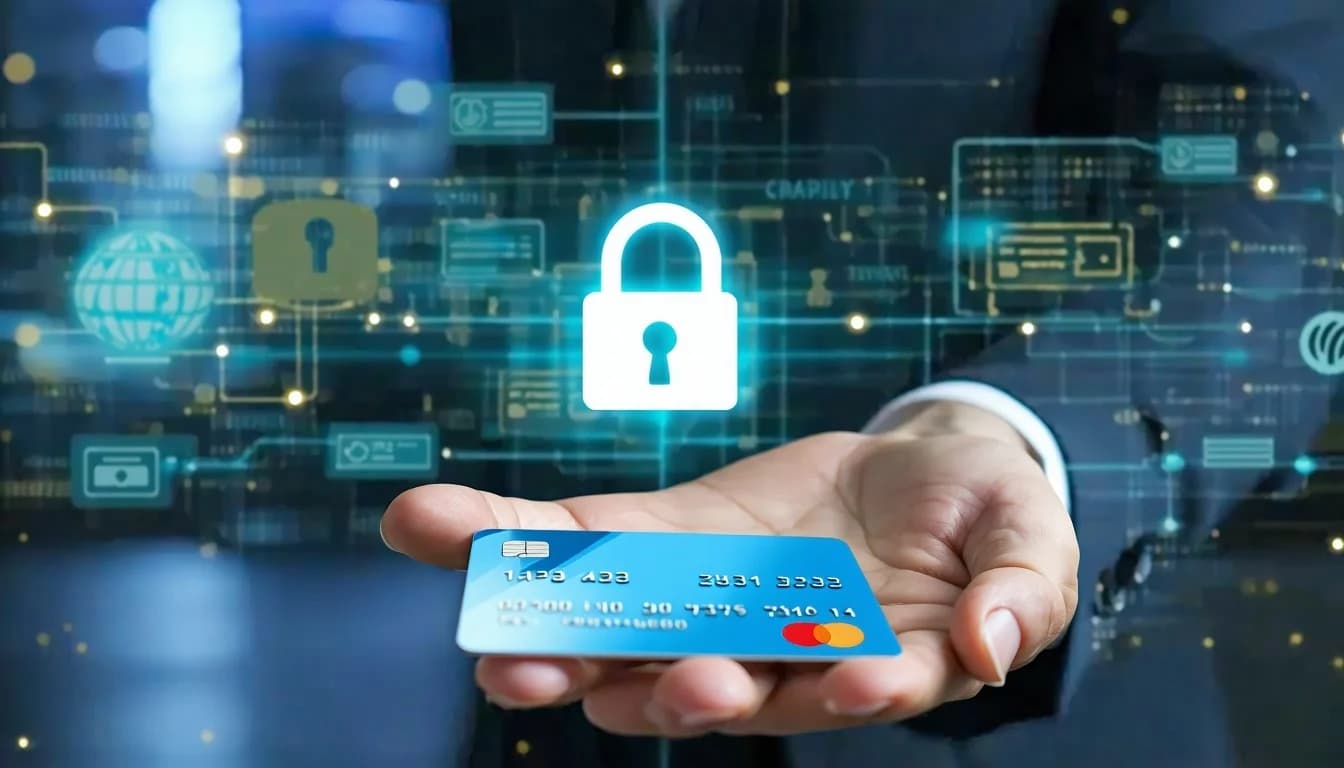Payment tokenization, explained

When you launched your new business, you knew there would be a steep learning curve when it came to certain aspects of your enterprise. However, you may never have guessed that the world of secure payments might require you to have access to a detailed glossary.
A case in point is the realm of payment tokenization. Understanding what it is, how it works, and the advantages it offers to you and your customers has become a necessity in today’s increasingly digital world.
What is payment tokenization?
Whether you only have a physical store where people make purchases in person or you accept online payments via a website, one fact remains the same: The customer payment data that you process needs to be protected at every juncture of its electronic journey.
In simplest terms, tokenization is a process in which the shopper’s primary account number (PAN) and other sensitive details are replaced with a set of algorithmically generated letters and numbers known as a token. This masked set of characters can then be securely conveyed through the internet to the various wireless networks and players in the payment process without any usable data ever being exposed to hackers.
Tokenization then and now.
Once upon a time, tokenization was not the preferred choice for data security. Instead, the gold standard was encryption. This involves replacing sensitive values with a mathematically derived substitute that can only be read by a recipient in possession of the same encryption keys that were used to create the series in the first place.
Although the strength of the encryption depends on the quality of the algorithm used to create it, any encryption can eventually be cracked, particularly when it is “at rest” during storage.
By the early 2000s, encryption began being replaced by a highly effective data masking technology known as tokenization. Unlike encryption which uses keys to alter the original data and later make it readable to authorized personnel with the same key, tokenization removes all data from the business’s internal systems and replaces it with a randomly generated token.
Tokens can be stored by a business without fear of breach; in the event of a hack, criminals will be unable to make any sense of the random series of letters and numbers.
Now that tokenization is widely available, it has become the preferred security choice for most businesses. Not only is it less expensive to implement, but it also creates a more secure environment that protects merchants and customers alike from the negative consequences of digital theft.
Tokenization in action.
There are several scenarios where the benefits of tokenization are readily apparent. They include the following.
- Apple Pay and Android Pay. First, the customer scans their credit card into the digital wallet application that is built into their iPhone or Android smartphone. Apple then sends the card details to the customer’s issuing bank, which replaces the information with a random alphanumeric series. This token is then conveyed back to Apple or Android and programmed behind the scenes into the customer’s phone. Even if the device is stolen, criminals cannot make use of the randomized tokens it stores.
- Purchases within apps. If your business has a mobile app, you can configure it to allow for secure, tokenized purchases by integrating it with the aforementioned digital wallet stored in the device. Thanks to tokenization, you can also store customers’ addresses and other details for easy and secure re-ordering.
- Ecommerce purchases. These work in a similar fashion to those made with native apps. As a merchant, you can configure your website or shopping cart software to tokenize all of your customers’ information. If you have signed up with a third-party payment gateway, that entity will most likely automatically perform this service for you. In the end, buyers’ actual information is stored far away from your website and is impervious to the attacks of hackers.
Tokenization and PCI compliance.
The credit card industry has long recognized the importance of protecting cardholder data. To that end, it sets forth a series of requirements that must be followed by entities that manage, store or transmit cardholder data during or after the payment process. These guidelines are known as the Payment Card Industry Data Security Standard (PCI DSS).
What is the relationship between tokenization and PCI DSS compliance? As a direct result of tokenization, it is no longer necessary for merchants to store customers’ actual account information on their internal servers. Consequently, their scope of PCI DSS compliance is substantially reduced.
The benefits of tokenization.
As you can now see, there are many advantages that this technology brings to merchants and customers. They include the following.
- The minimization of the consequences of data breaches since actual cardholder information is securely stored off-site in the cloud.
- Easier PCI DSS compliance. With sensitive details safely held in an off-site data vault, your data environment becomes smaller and much more manageable, as does the work you must do to comply with PCI standards.
- Greater choice for your customers with multiple, safe ways to pay across channels. This can include online, in-person, and mobile choices.
How to implement tokenization in your business.
Now that you have seen what tokenization can bring to you and your customers, you may want to integrate it into your systems as soon as possible. Fortunately, doing so is easier than you might think.
Perhaps the simplest way is to upgrade your card readers to those that use near-field communication (NFC) or contactless payment technology. By default, these devices already come with built-in tokenization. Alternatively, get in touch with your payment processing provider or payment gateway company to get target advice on how to get your systems set up for tokenization.























